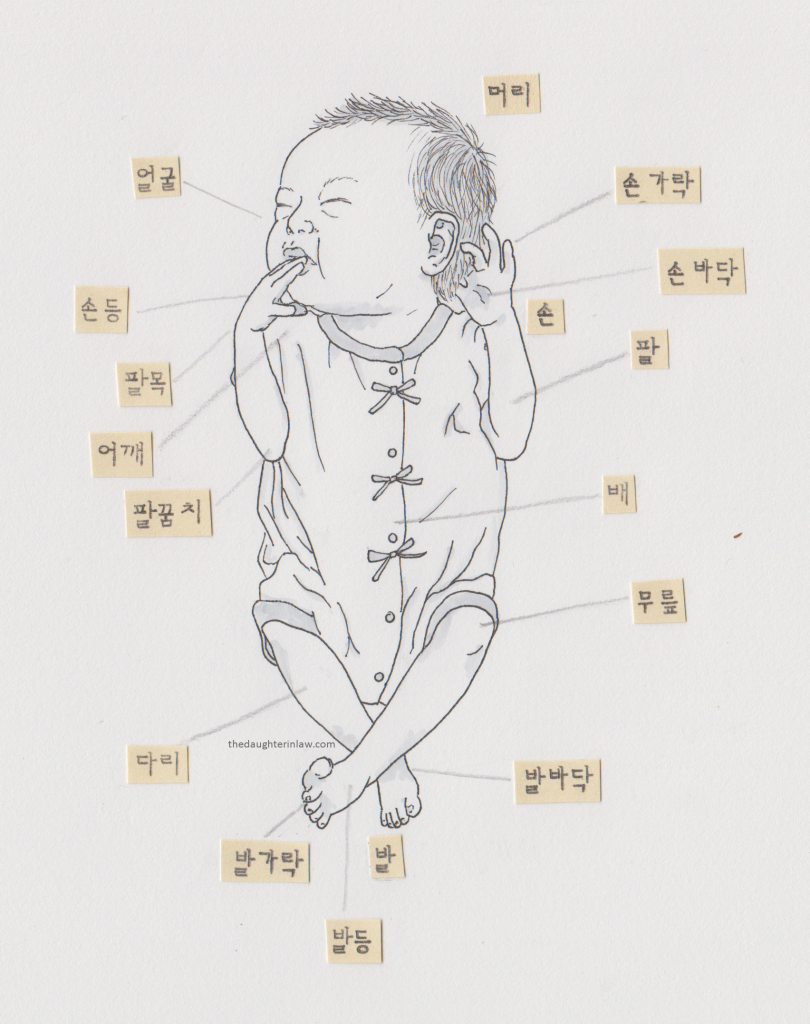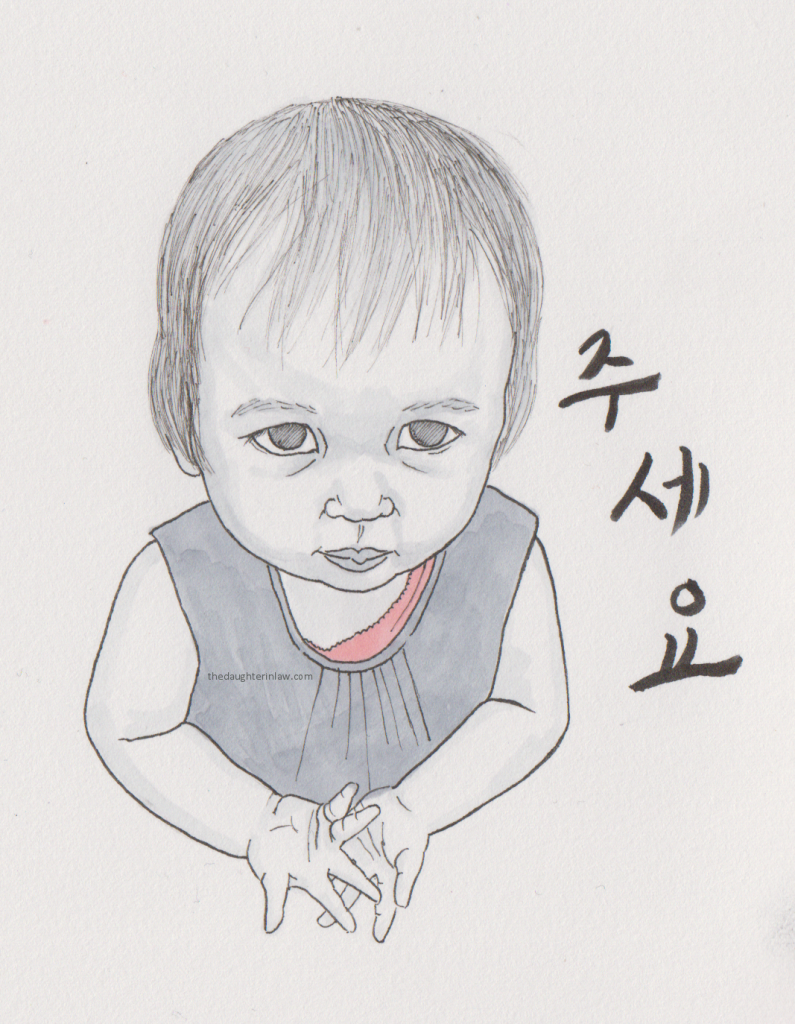 I’ve always felt that good manners are basically essential to getting along well with others in Korea. If I want my daughter to feel comfortable in Korean society as she grows up, teaching appropriate etiquette and manners is really important.
I’ve always felt that good manners are basically essential to getting along well with others in Korea. If I want my daughter to feel comfortable in Korean society as she grows up, teaching appropriate etiquette and manners is really important.
Obviously teaching manners begins with modeling the behaviour you wish to see. Among other things, this has meant making simple polite transactions in front of her with my husband, Han and ensuring we always demonstrate polite greetings.
Around 12 months of age, Alice travelled to Korea with me to prepare for her birthday party. My Mother in Law started encouraging Alice to place one hand on the other, palms upwards to ask when she wanted something. When Alice showed signs that she wanted something (at the time she was crazy about 귤 and 한라봉,) 어머님 would demonstrate this hand gesture and clearly say “주세요” then pause before giving the item to Alice. Once Alice had received it, 어머님 would bow her head and say “고맙습니다,” although Han and I have been using “감사합니다” with her instead. (In Australia, we usually say “Ta” when we give something to a baby, “Ta” being a sort of baby version of “Thankyou,” so it is obviously the same lesson, but the Korean way involves gestures and perhaps expects a little more of the baby)
By somewhere around 14 months, I started gently putting Alice’s hands into this position and saying “주세요” and she quite quickly learnt to use this gesture to say please. We also would use a hand to gently nudge her head forward in a nod for “감사합니다” which she picked up with even greater ease.
For a few months now she has also been adding “니다~” or “은다~” to her “주세요” hand gesture when she wants something.. and the more she wants it the higher and sweeter the pitch, haha! It seems to be an attempt at saying “감사합니다”
So even though she does not yet have a huge vocabulary, Alice is already learning and using basic manners.


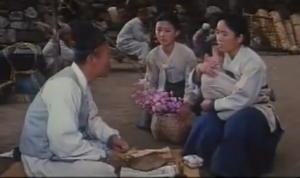 If you are going to use 포대기, apply the same care and commonsense as when using any other baby carrier or mobility device. I am not an expert on infant physiology and don’t want any harm to come to your child. I’ve also read a few people’s accounts of becoming bow legged from being carried excessively in a 포대기 as an infant. I don’t know whether studies have been done on this, but again, use it carefully and in moderation.
If you are going to use 포대기, apply the same care and commonsense as when using any other baby carrier or mobility device. I am not an expert on infant physiology and don’t want any harm to come to your child. I’ve also read a few people’s accounts of becoming bow legged from being carried excessively in a 포대기 as an infant. I don’t know whether studies have been done on this, but again, use it carefully and in moderation.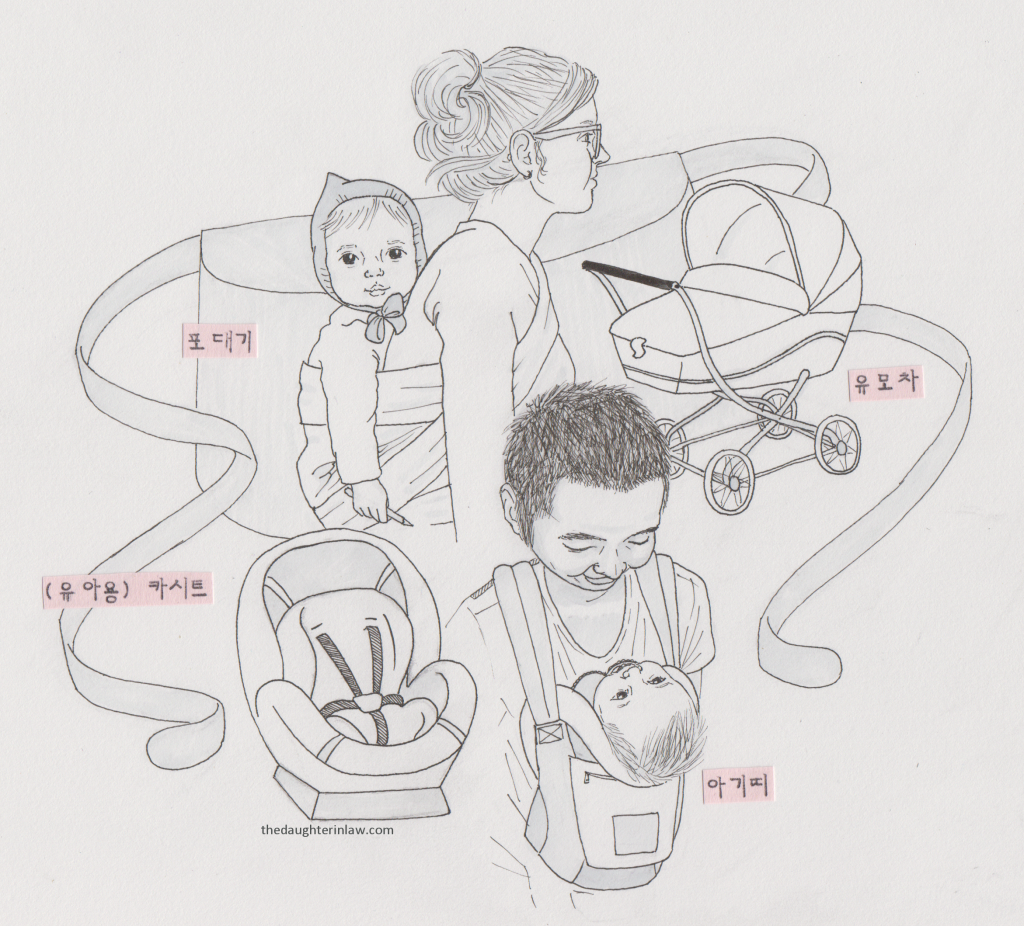
 Notes:
Notes: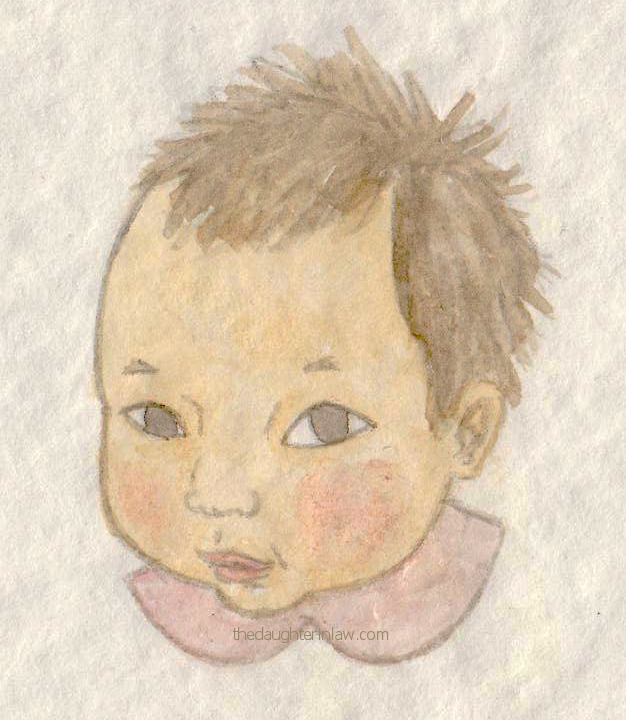 If you do not use Korean very much in your every day life, it is unlikely that you will be able to immediately chatter away in Korean to your new baby. I have been speaking to Alice in Korean since her birth, but it was a gradual phase in, using Korean and English until 9 months, when I committed to using Korean with her at least 95% of the time (you have to take into account that friends and relatives and strangers will use the community language and sometimes it will seem more appropriate to use a little of that language in such situations.)
If you do not use Korean very much in your every day life, it is unlikely that you will be able to immediately chatter away in Korean to your new baby. I have been speaking to Alice in Korean since her birth, but it was a gradual phase in, using Korean and English until 9 months, when I committed to using Korean with her at least 95% of the time (you have to take into account that friends and relatives and strangers will use the community language and sometimes it will seem more appropriate to use a little of that language in such situations.)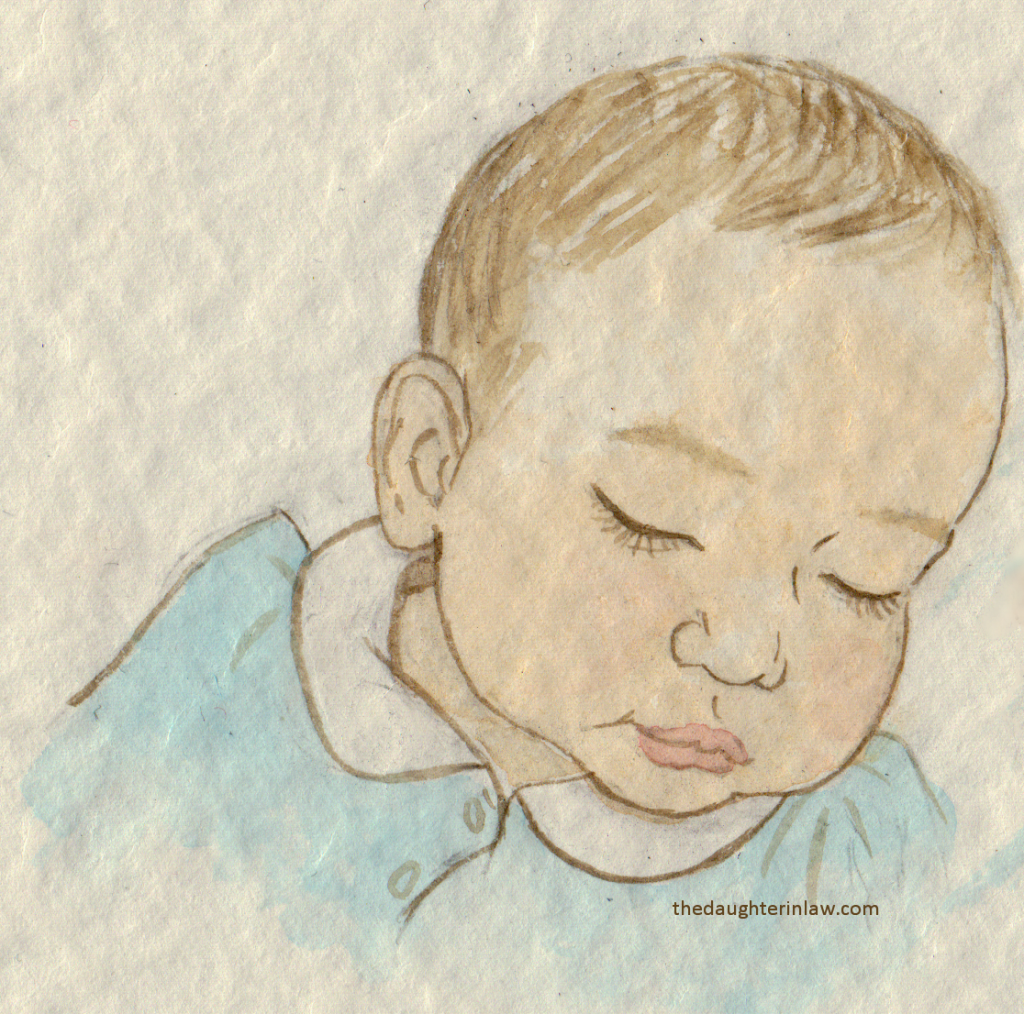 This is a pretty and quite simple lullaby that my mother in law sings to Alice when we are staying in Korea.
This is a pretty and quite simple lullaby that my mother in law sings to Alice when we are staying in Korea.


